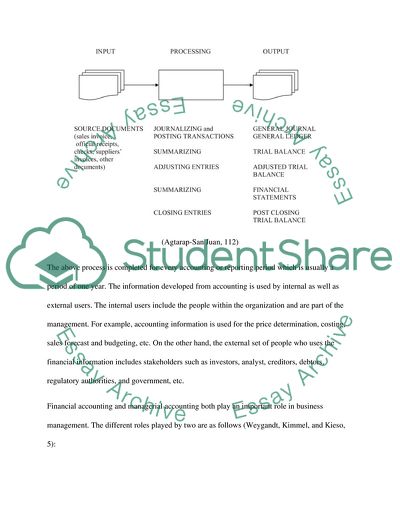Cite this document
(Managerial Research Paper Example | Topics and Well Written Essays - 1500 words, n.d.)
Managerial Research Paper Example | Topics and Well Written Essays - 1500 words. https://studentshare.org/finance-accounting/1848570-managerial
Managerial Research Paper Example | Topics and Well Written Essays - 1500 words. https://studentshare.org/finance-accounting/1848570-managerial
(Managerial Research Paper Example | Topics and Well Written Essays - 1500 Words)
Managerial Research Paper Example | Topics and Well Written Essays - 1500 Words. https://studentshare.org/finance-accounting/1848570-managerial.
Managerial Research Paper Example | Topics and Well Written Essays - 1500 Words. https://studentshare.org/finance-accounting/1848570-managerial.
“Managerial Research Paper Example | Topics and Well Written Essays - 1500 Words”. https://studentshare.org/finance-accounting/1848570-managerial.


